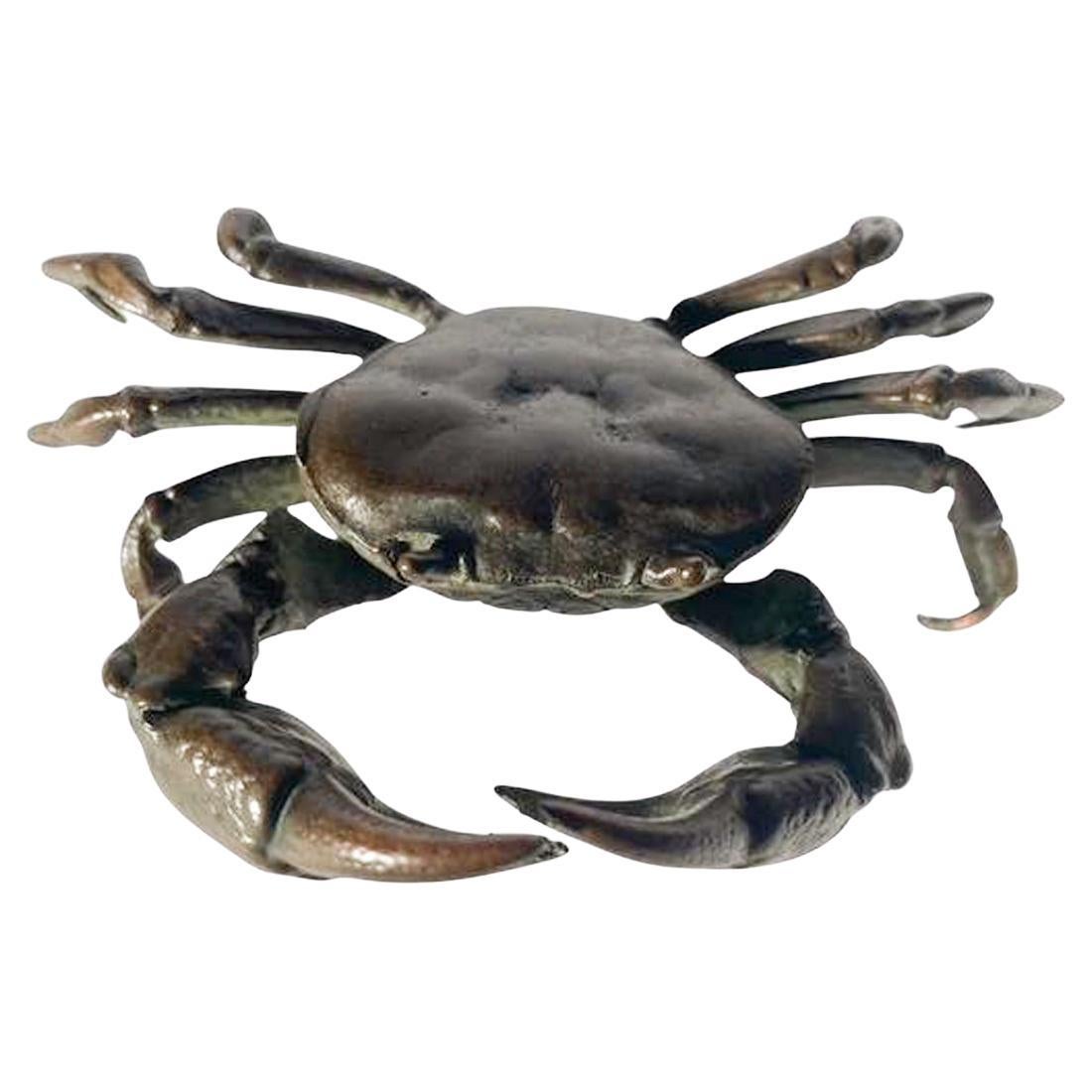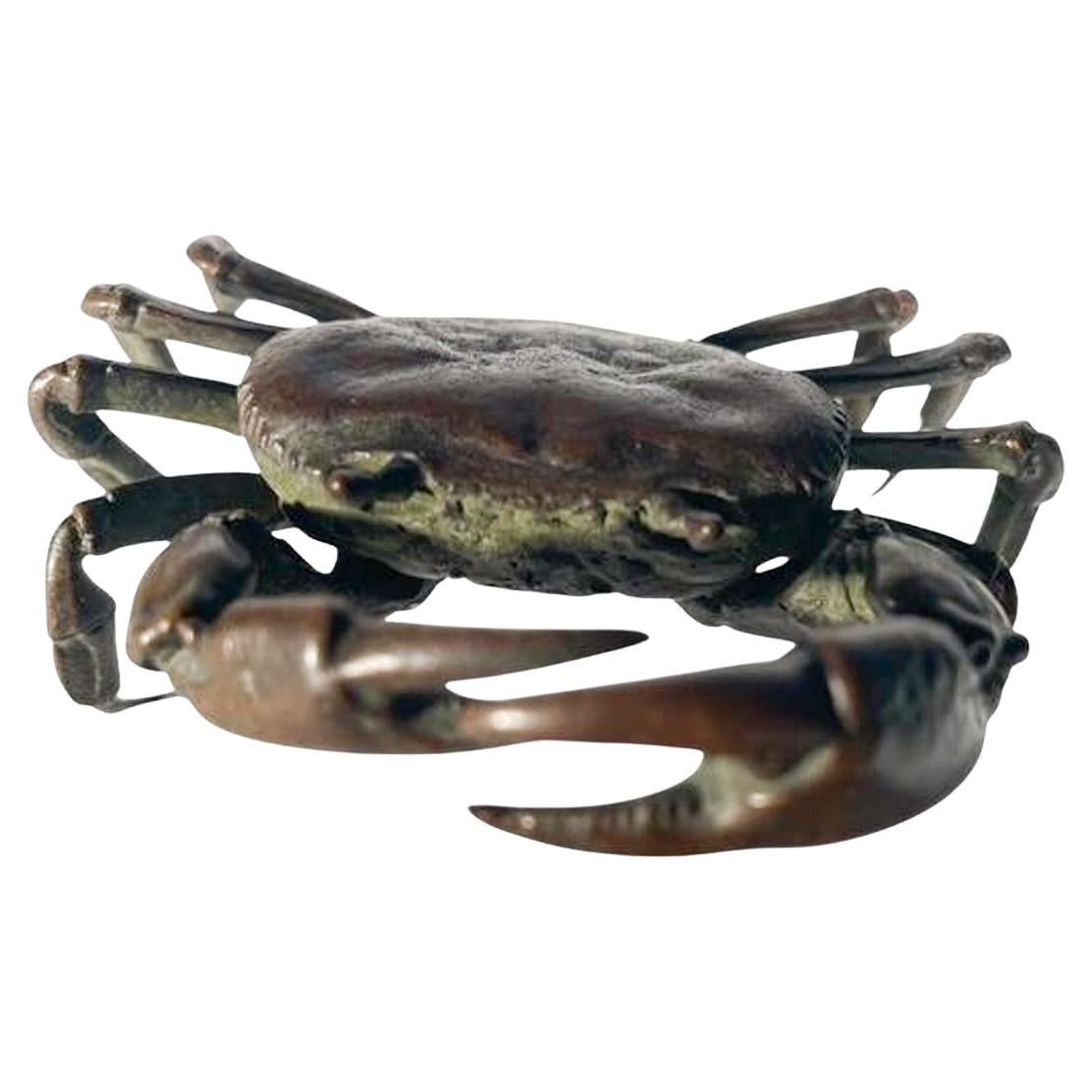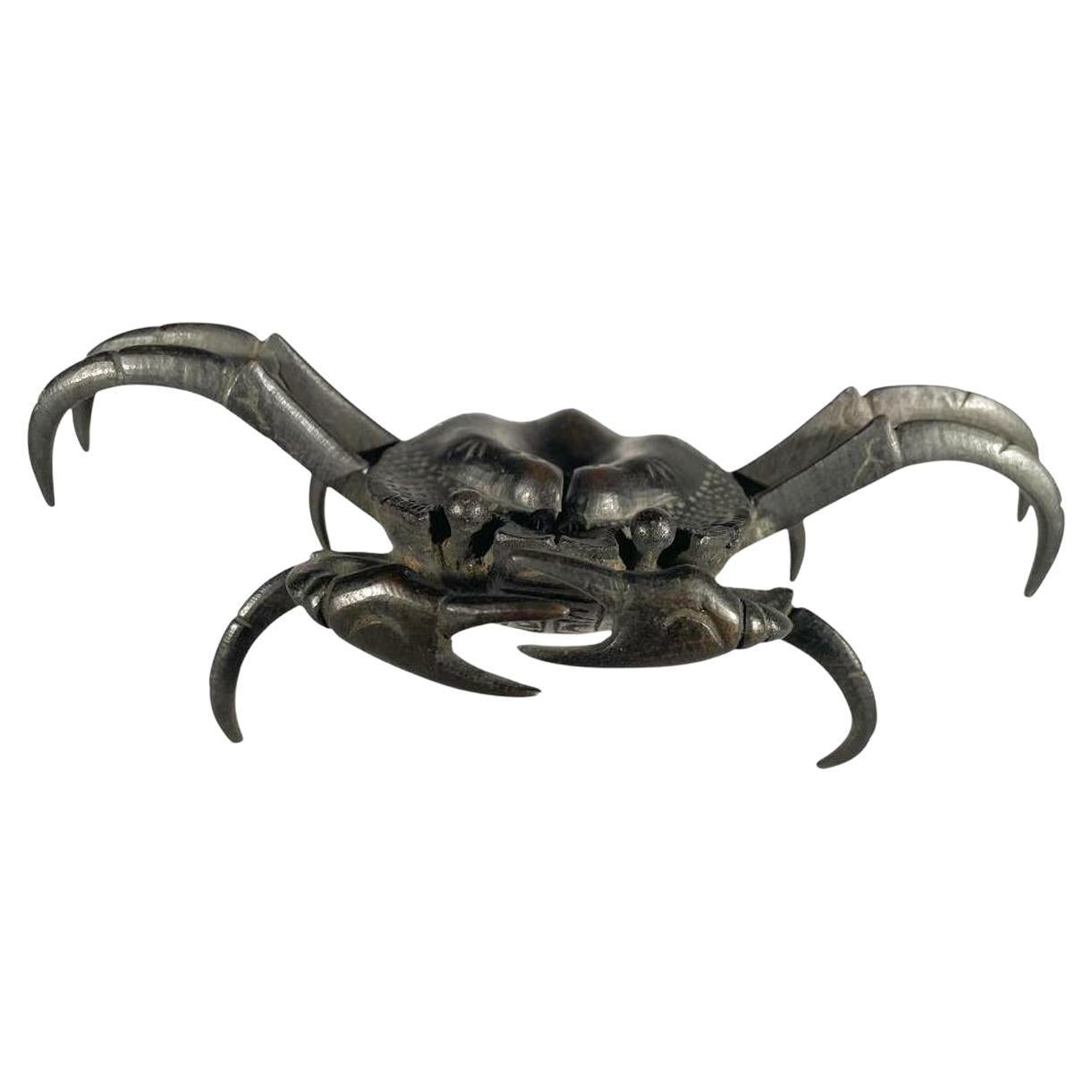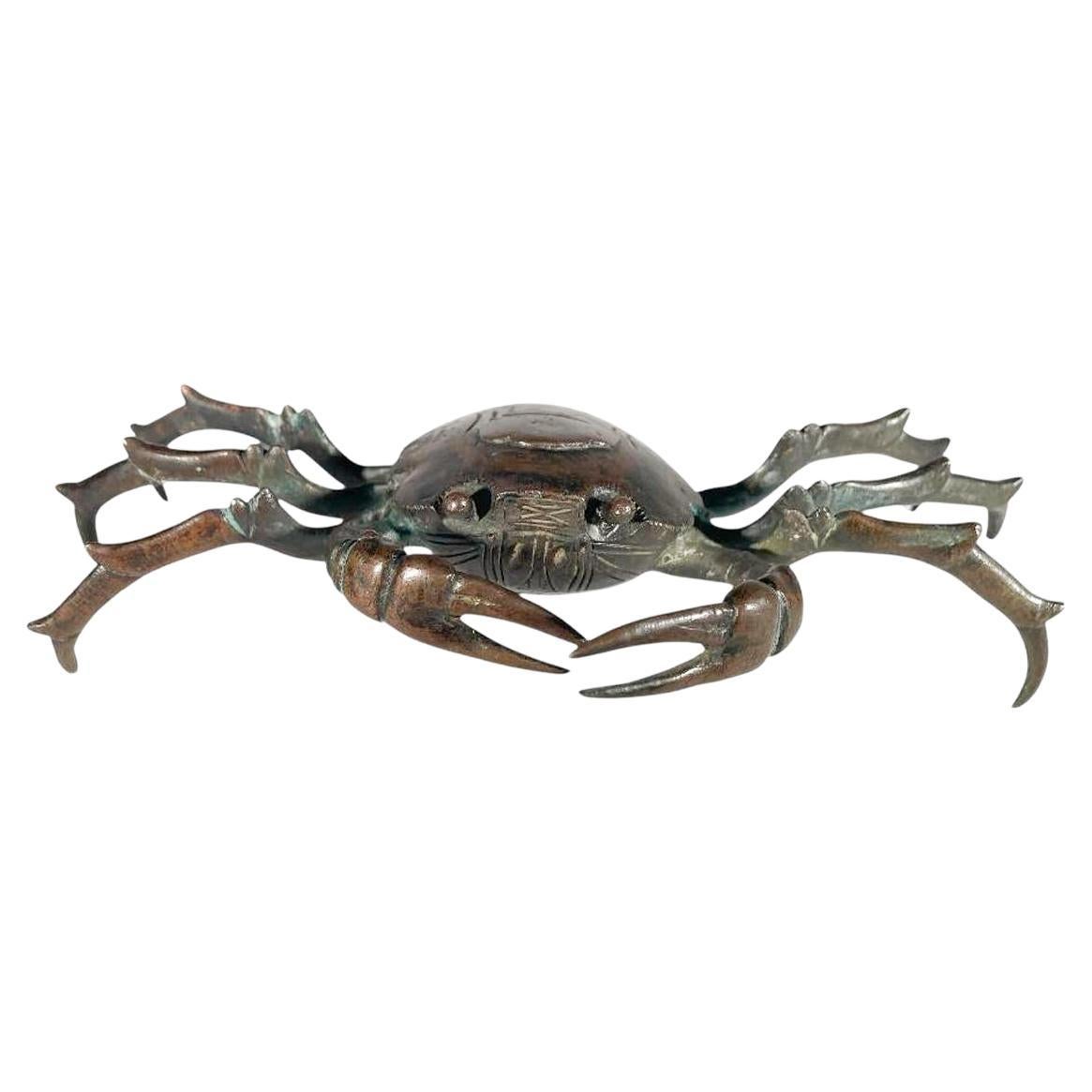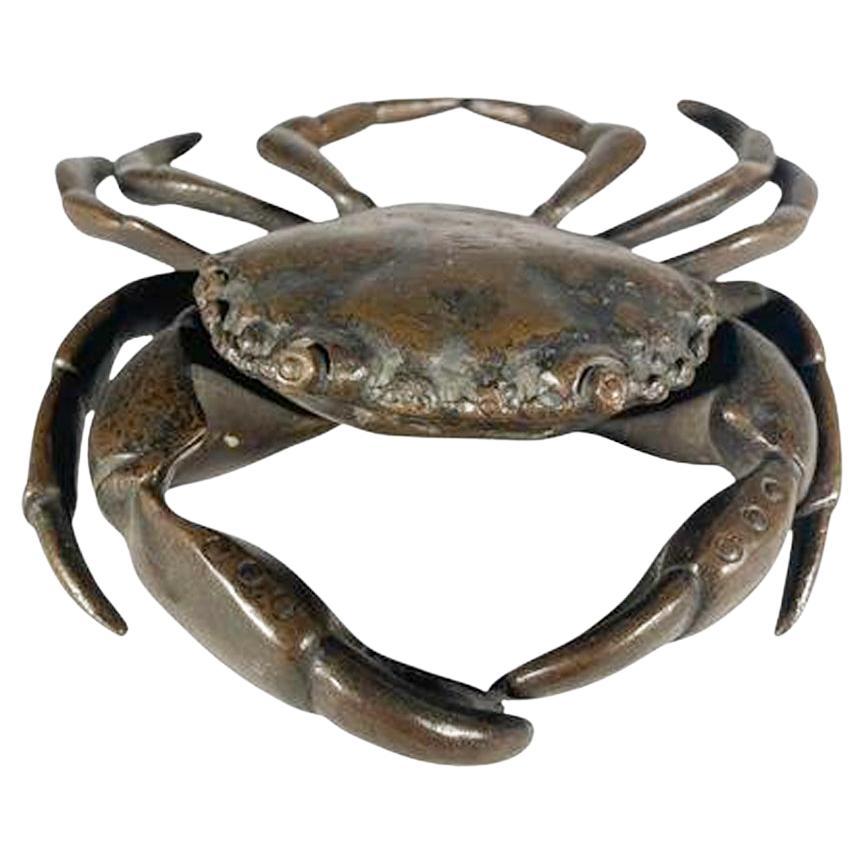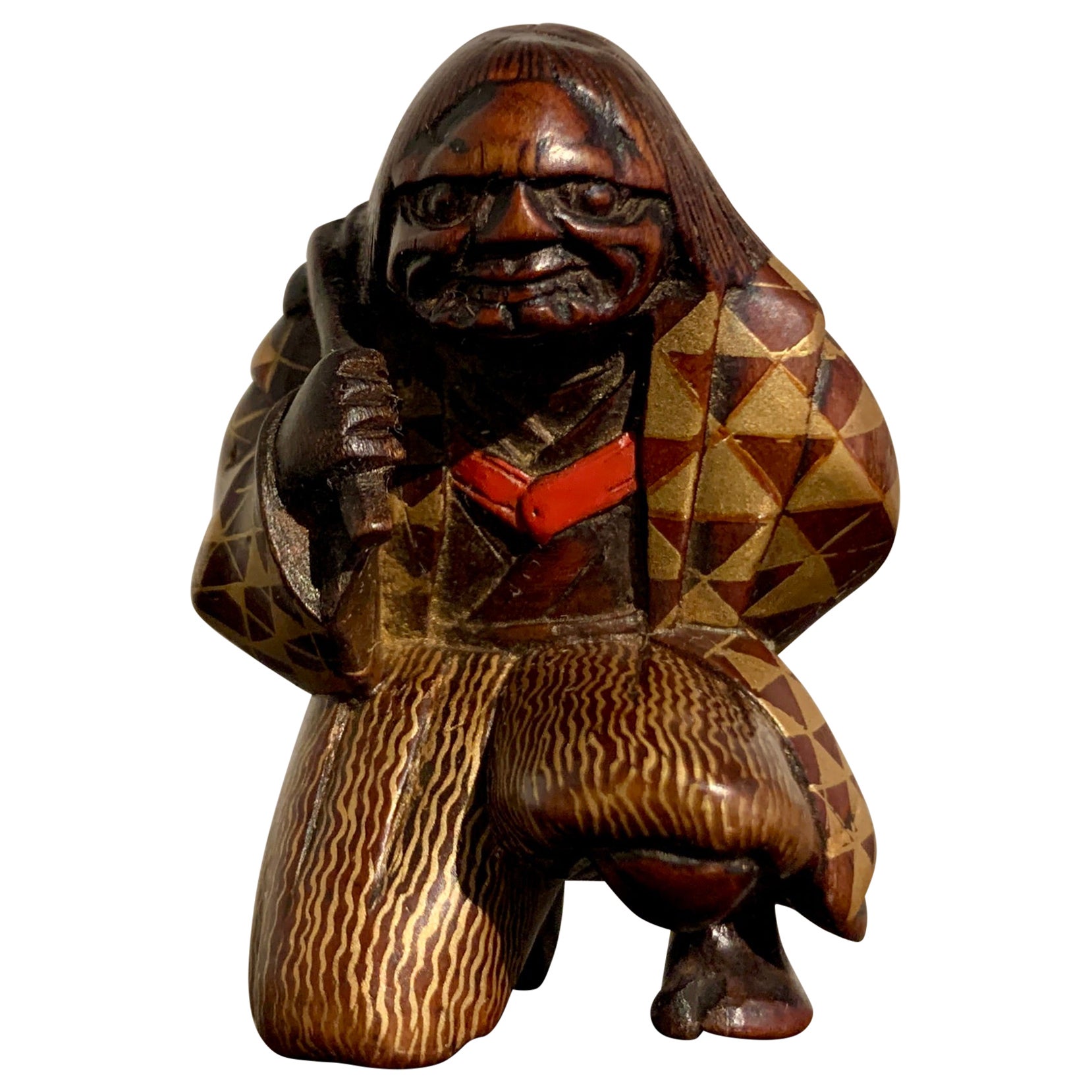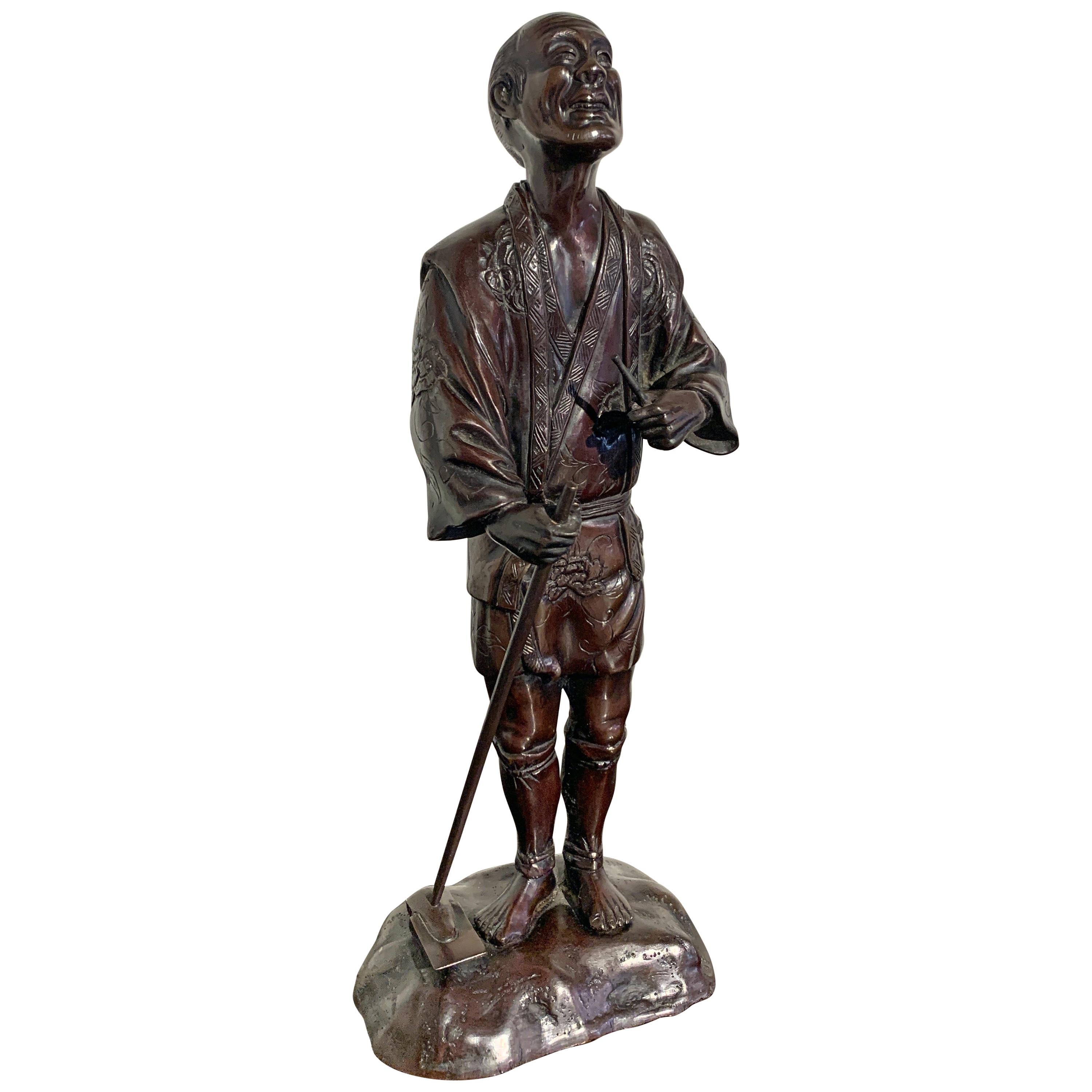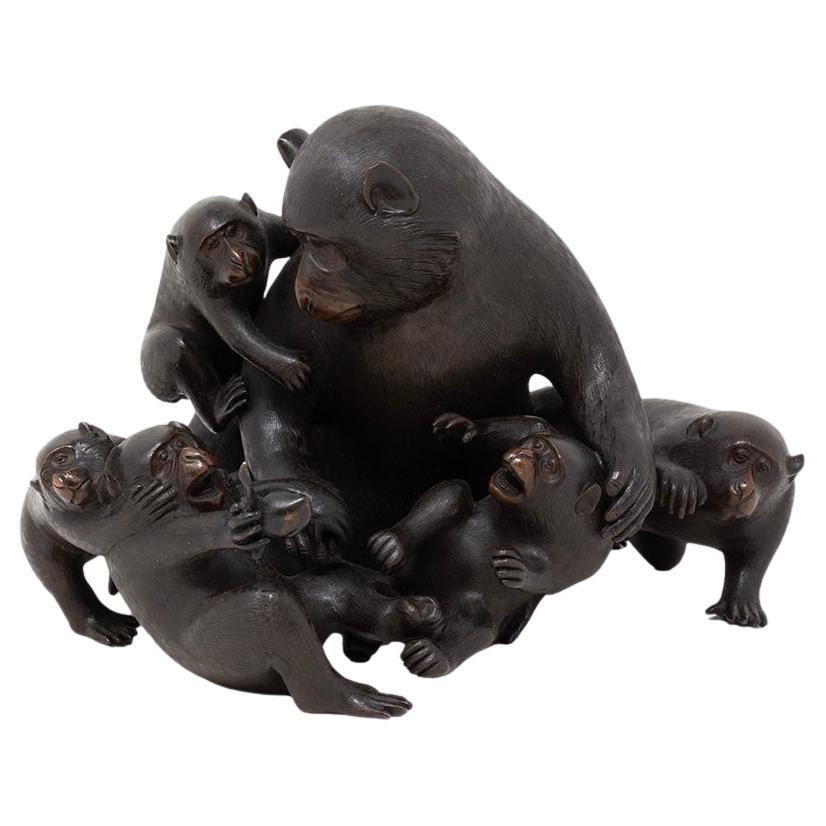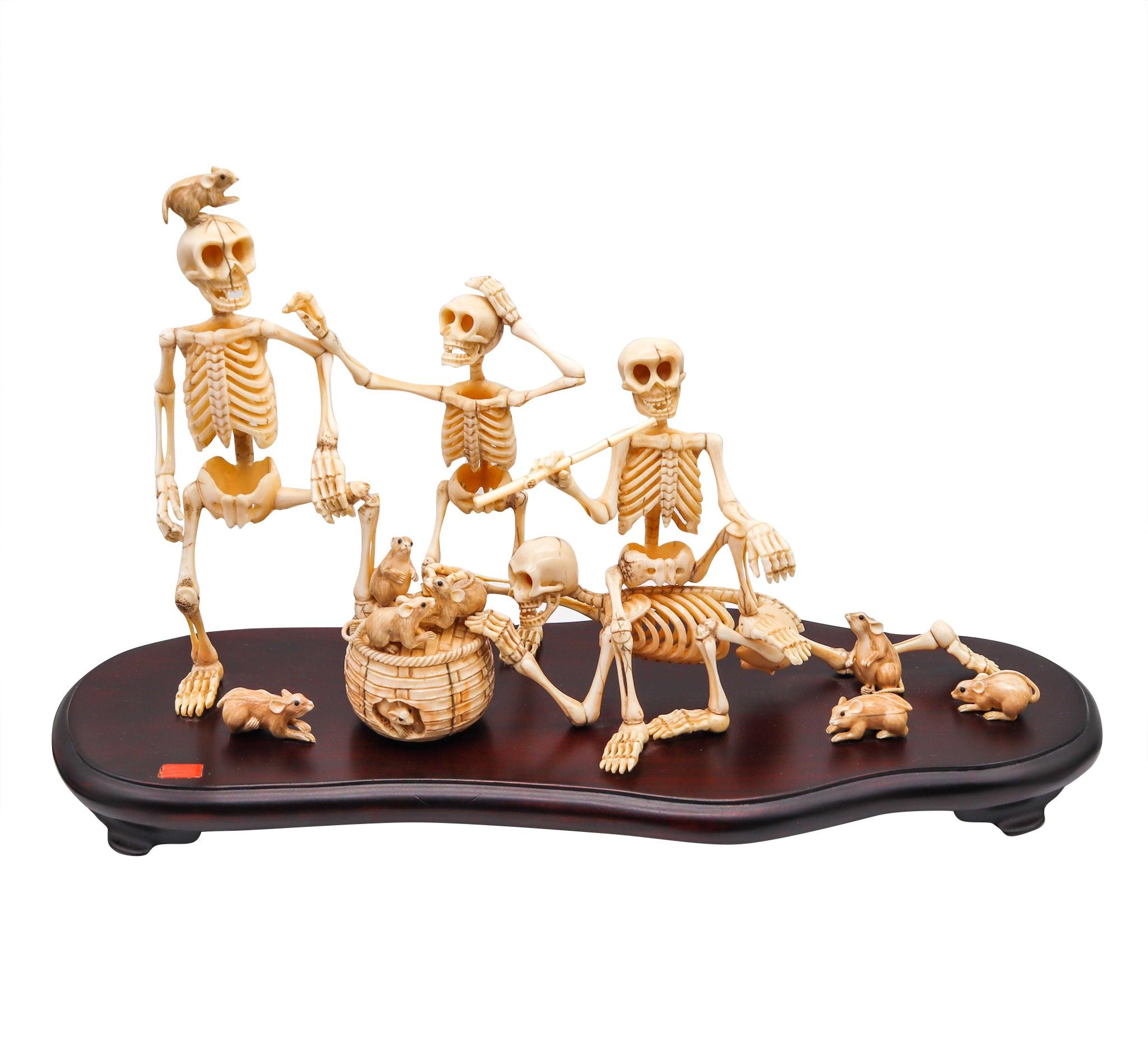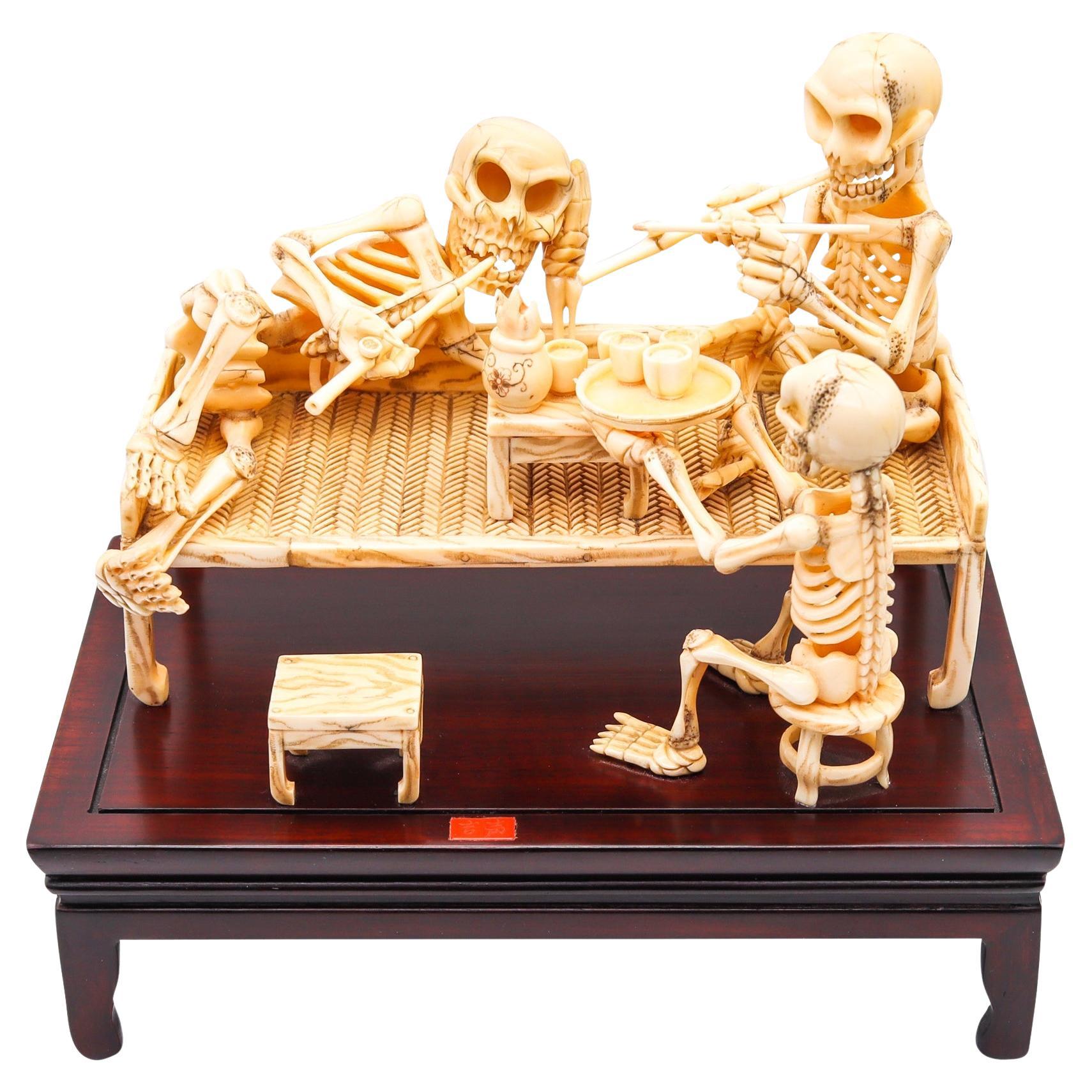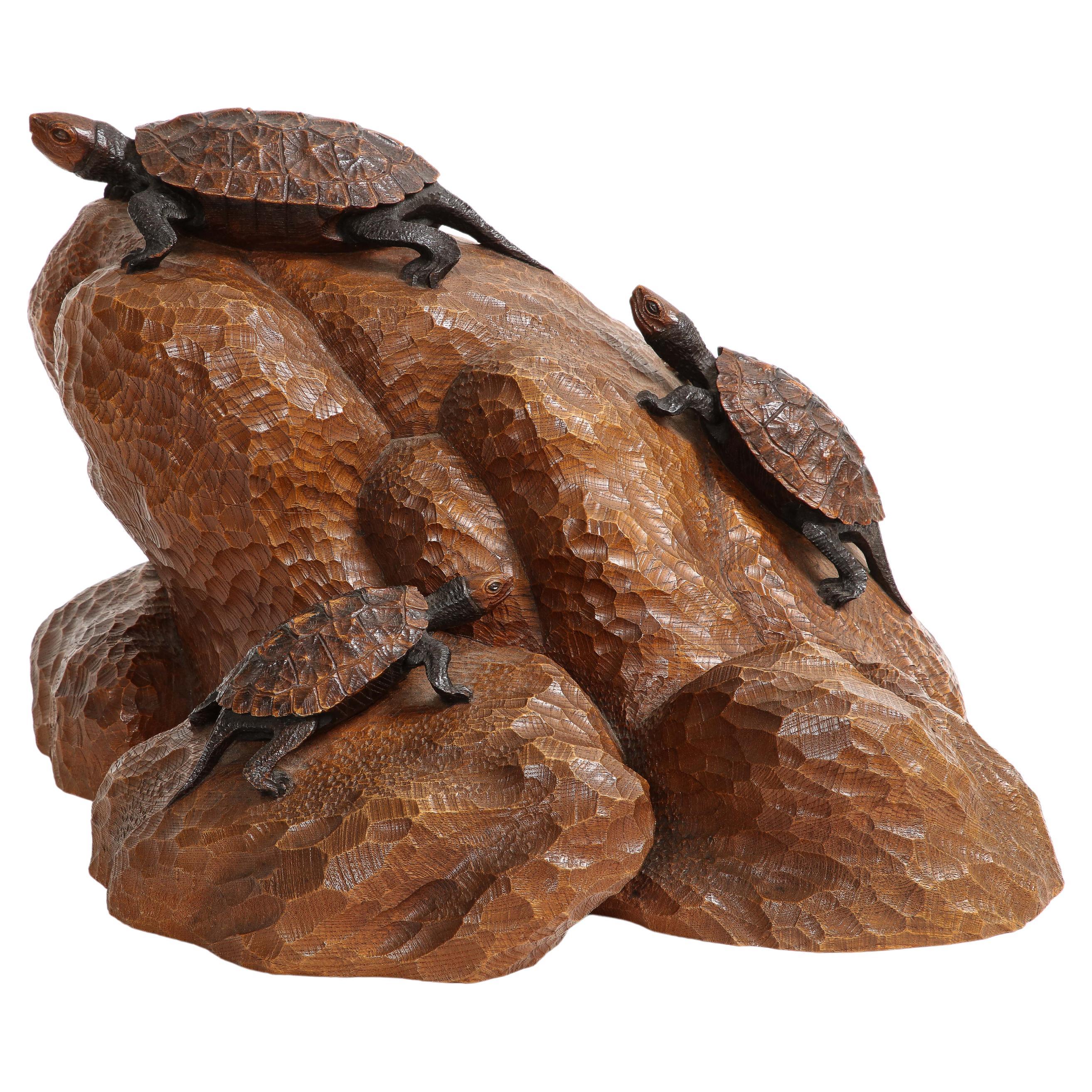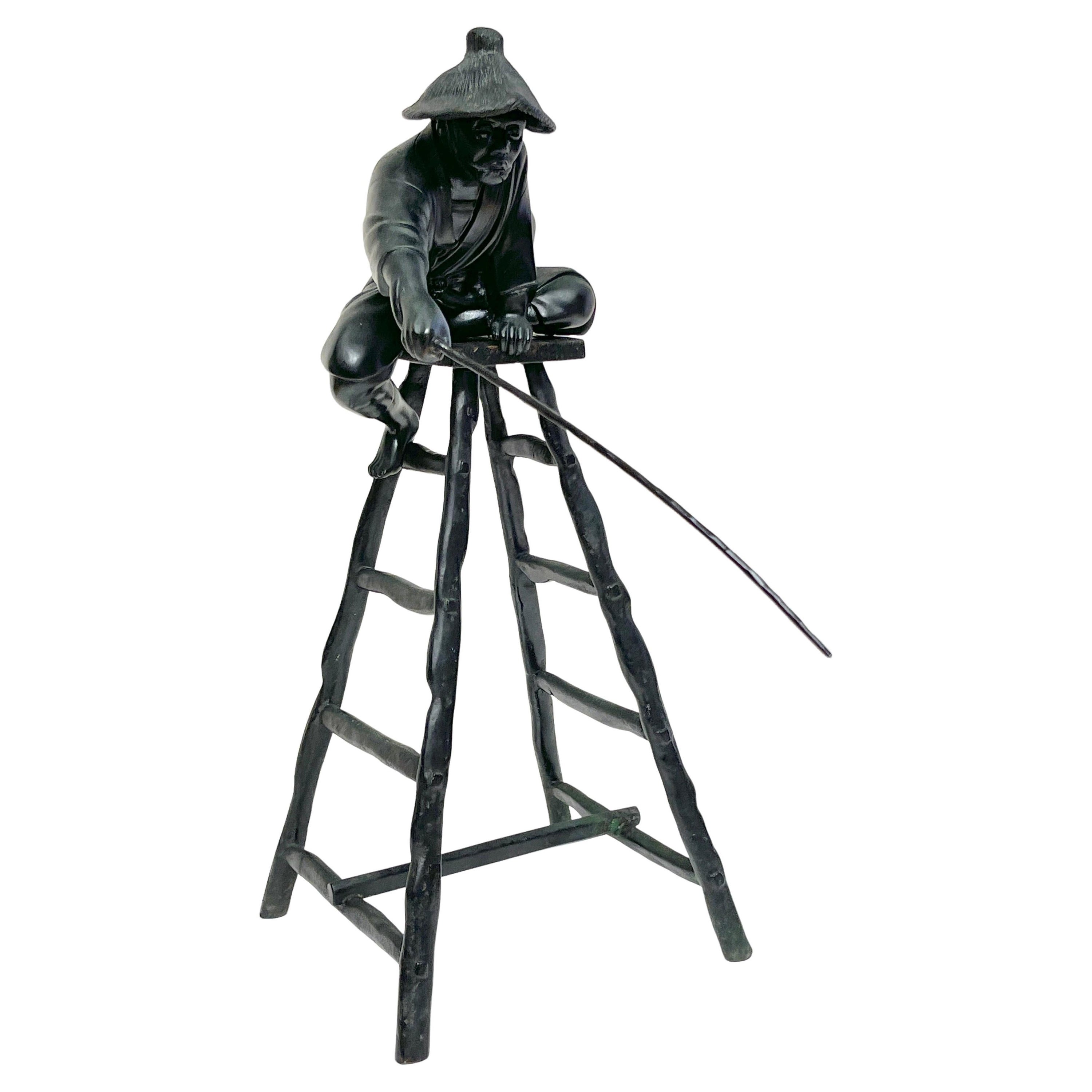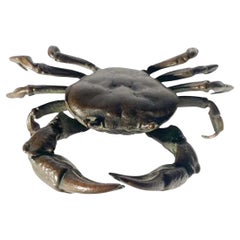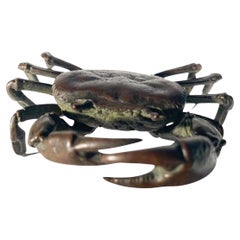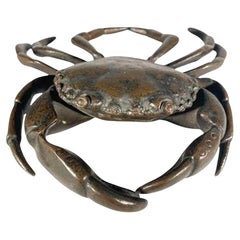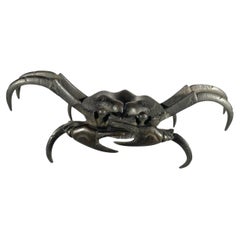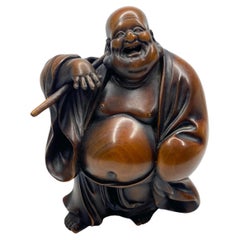
Hotei, a carved boxwood okimono, signed, Meiji Period.
View Similar Items
1 of 12
Hotei, a carved boxwood okimono, signed, Meiji Period.
$2,381.39List Price
About the Item
- Dimensions:Height: 4.53 in (11.5 cm)Width: 3.15 in (8 cm)Depth: 2.76 in (7 cm)
- Style:Meiji (Of the Period)
- Materials and Techniques:
- Place of Origin:
- Period:1900-1909
- Date of Manufacture:1900
- Condition:Wear consistent with age and use.
- Seller Location:Gargrave, GB
- Reference Number:1stDibs: LU4397136935072
Authenticity Guarantee
In the unlikely event there’s an issue with an item’s authenticity, contact us within 1 year for a full refund. DetailsMoney-Back Guarantee
If your item is not as described, is damaged in transit, or does not arrive, contact us within 7 days for a full refund. Details24-Hour Cancellation
You have a 24-hour grace period in which to reconsider your purchase, with no questions asked.Vetted Professional Sellers
Our world-class sellers must adhere to strict standards for service and quality, maintaining the integrity of our listings.Price-Match Guarantee
If you find that a seller listed the same item for a lower price elsewhere, we’ll match it.Trusted Global Delivery
Our best-in-class carrier network provides specialized shipping options worldwide, including custom delivery.You May Also Like
Signed Japanese Meiji Period Bronze Crab (E) Okimono
Located in Chapel Hill, NC
Signed Japanese okimono of a realistically modeled crab raised up on its toes and with claws raised. One of 5 designated by (E) in the title.
Category
Antique Late 19th Century Japanese Meiji Sculptures and Carvings
Materials
Bronze
Signed Japanese Meiji Period Bronze Crab (D) Okimono
Located in Chapel Hill, NC
Signed Japanese bronze okimono of a naturalistically modeled crab on its toes and with claws raised. One of five designated by (D) in the title.
Category
Antique Late 19th Century Japanese Meiji Sculptures and Carvings
Materials
Bronze
Large Japanese Meiji Period Bronze Crab (A) Okimono
Located in Chapel Hill, NC
Large Japanese bronze okimono of a realistically modeled crab. This is one of 5 designated by the (A) in the title.
Category
Antique Late 19th Century Japanese Meiji Sculptures and Carvings
Materials
Bronze
Large Japanese Meiji Period Bronze Crab (C) Okimono
Located in Chapel Hill, NC
Realistically modeled Japanese okimono of a crab raised on its toes. I of 5 designated by the (C) in the title.
Category
Antique Late 19th Century Japanese Meiji Sculptures and Carvings
Materials
Bronze
Large Japanese Meiji Period Bronze Crab (B) Okimono
Located in Chapel Hill, NC
Large Japanese naturalistically modeled bronze okimono in the form of a crab. One of 5 designated by the (B) in the title.
Category
Antique Late 19th Century Japanese Meiji Sculptures and Carvings
Materials
Bronze
Carved Boxwood and Lacquer Netsuke of a Noh Dancer, Meiji Period, Japan
Located in Austin, TX
A fine lacquer decorated carved boxwood netsuke of a Noh dancer in a Hannya role, unsigned, Meiji period, late 19th century, Japan.
The boxwood netsuke finely carved as a kneeling Noh dancer dressed in striking geometric patterned robes. The actor holds an opened war fan behind their back in one hand, a Shinto wand slung over the shoulder in the other.
The war fan, tessen, decorated in red lacquer with a golden rising sun at the center. Tessen were sturdy fans used by samurai as protective devices, and sometimes as weapons.
The wand, called an onusa, is a traditional Shinto ritual implement comprised of folded paper streamers, shide, attached to a wooden wand, often used in purification rituals. Here, the shide are crafted from silver maki-e, with the handle of the natural boxwood.
The actor wears a fierce and unearthly hannya mask...
Category
Antique 1890s Japanese Meiji Sculptures and Carvings
Materials
Boxwood, Lacquer
